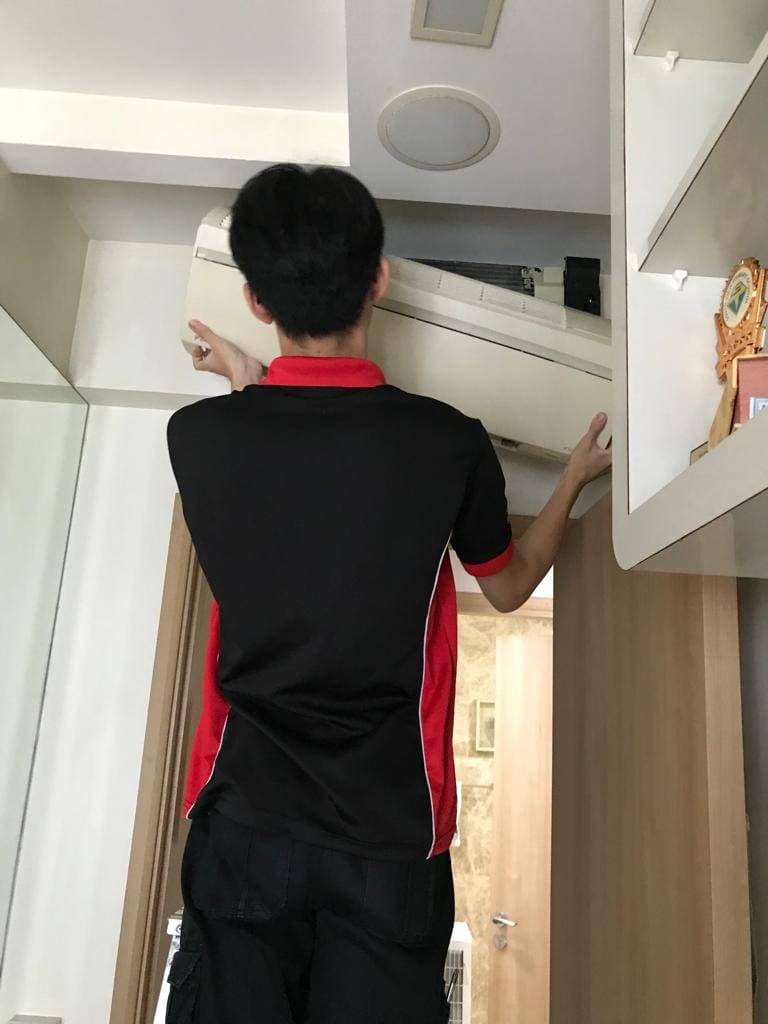Designing Polling Booths with Thoughtful Seating Areas for Voters with Disabilities or Mobility Challenges
goldbet7. com, radhe exchange, 11x play:Designing Polling Booths with Thoughtful Seating Areas for Voters with Disabilities or Mobility Challenges
As the world continues to strive for inclusivity and accessibility in all aspects of society, it is crucial to ensure that polling booths are designed with thoughtful seating areas for voters with disabilities or mobility challenges. These individuals have the right to exercise their democratic right to vote just like anyone else, and it is our responsibility to make this process as easy and comfortable as possible for them.
In this article, we will explore why it is important to design polling booths with seating areas for voters with disabilities or mobility challenges, the benefits of doing so, and some practical tips for implementing these designs.
Why is it Important?
Voting is a fundamental right for all citizens, regardless of their physical abilities. However, many polling booths are not designed with the needs of individuals with disabilities or mobility challenges in mind. This can create barriers that prevent these individuals from voting, effectively disenfranchising them.
By designing polling booths with thoughtful seating areas, we can ensure that all voters have equal access to the voting process. This not only promotes inclusivity and equality but also helps to create a more democratic society where every voice is heard.
Benefits of Designing Polling Booths with Thoughtful Seating Areas
There are several benefits to designing polling booths with seating areas for voters with disabilities or mobility challenges. Some of these benefits include:
1. Accessibility: By providing seating areas, polling booths become more accessible to individuals with disabilities or mobility challenges. This allows them to comfortably wait in line to vote without feeling overwhelmed or fatigued.
2. Inclusivity: Designing polling booths with seating areas sends a message of inclusion and respect for all voters, regardless of their physical abilities. This can help to create a welcoming environment for individuals with disabilities, encouraging them to participate in the democratic process.
3. Safety: Seating areas can also improve safety in polling booths by reducing the risk of falls or accidents for individuals with mobility challenges. By providing a place to sit and rest, we can help prevent injuries and ensure a smooth voting experience for all voters.
Practical Tips for Implementing Thoughtful Seating Areas
When designing polling booths with seating areas for voters with disabilities or mobility challenges, there are some practical tips to keep in mind. Here are a few suggestions:
1. Provide a variety of seating options, including chairs with armrests, benches, and stools. This ensures that individuals with different needs or preferences can find a comfortable place to sit while waiting to vote.
2. Ensure that seating areas are located in close proximity to the entrance of the polling booth. This makes it easier for individuals with mobility challenges to access the seating without having to navigate through crowded or narrow spaces.
3. Make sure that seating areas are sturdy and stable to accommodate individuals of all sizes and abilities. Consider using non-slip flooring and adding cushions or padding to chairs for added comfort.
4. Provide adequate lighting and signage to direct individuals to the seating areas. This can help individuals with visual impairments or other disabilities to easily locate and utilize the seating options.
5. Train polling booth staff on the importance of seating areas for voters with disabilities or mobility challenges. Ensure that staff are aware of how to assist individuals in finding and using the seating areas as needed.
By following these practical tips, we can create polling booths that are more inclusive and accessible to all voters, regardless of their physical abilities.
FAQs
Q: Why is designing polling booths with seating areas important for voters with disabilities or mobility challenges?
A: Designing polling booths with seating areas is important because it promotes accessibility, inclusivity, and safety for all voters. By providing comfortable seating options, we can ensure that individuals with disabilities or mobility challenges can participate in the voting process without barriers.
Q: What are some common challenges that individuals with disabilities or mobility challenges face in traditional polling booths?
A: Some common challenges include difficulty standing for long periods, navigating through crowded spaces, and accessing voting machines or ballots. By designing polling booths with thoughtful seating areas, we can address these challenges and create a more inclusive voting experience for all voters.
Q: How can polling booth staff assist individuals with disabilities or mobility challenges in using seating areas?
A: Polling booth staff can assist by guiding individuals to the seating areas, offering support or assistance as needed, and ensuring that seating areas are in good condition and easily accessible. Training staff on the importance of seating areas for voters with disabilities is crucial to providing a positive voting experience for all voters.
In conclusion, designing polling booths with thoughtful seating areas for voters with disabilities or mobility challenges is essential for promoting inclusivity, accessibility, and safety in the democratic process. By following practical tips and implementing these designs, we can ensure that all voters have equal access to the voting process, creating a more democratic and welcoming society for everyone.







